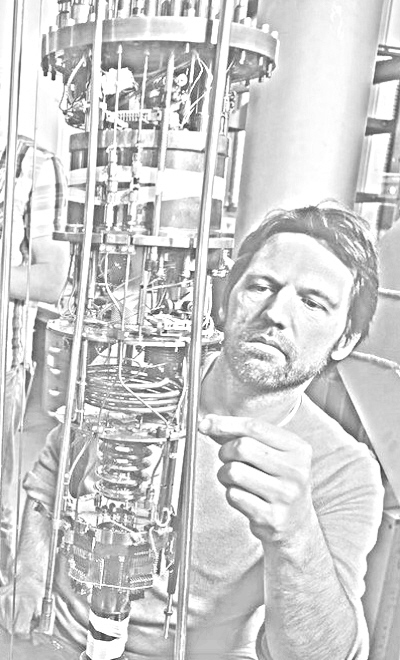It is no secret that over the years I have made a few rather bald predictions when it comes to magnetism. I think each and every electron is in fact a magnetic monopole and not a ‘tiny magnet’ like the professional professors think. As such I have predicted that all nuclear fusion reactors based on the magnetic confinement design will never work because if you turn such a machine on it will accelerate the electrons to crazy speeds creating tons of instability and turbulence in the plasma. And if I say ‘hey where is your experimental proof that electrons are actually magnetic dipoles’ of course nothing happens. You must never forget that all these physics professors are extremetly important persons and they will never mingle with inferior shit like people who are unemployed for almost 20 years now… No no no, we are not going to react on some crazy stuff like electrons are not magnetic dipoles. If we start doing that, the next day a homeless person will come along saying if we heal the electrons from their trauma’s you get better beer. No no no, incompetent people aren’t unemployed for no reason at all. We will neglect weirdo’s like that, after all we are the physics professors and we are on the edge of becoming masters of the universe once we have our quantum computers up and running!
I also predicted a few years back that the approach of the Delft university combined with Microsoft will not work because the Majorana particles they are based upon do not exist. It is very simple: a Majorana particle is it’s own anti particle, physics professors thought that if you combine an electron with a hole (the absense of an electron) you have a structure that is it’s own anti particle. But if you combine an electron with a hole, what mechanism is there to ensure the hole and the electron also carry opposite magnetic charges? Just like the electron and the positron carry opposite electric charges the same should go for the magnetic charges after my lazy unemployed insights.
A couple of days back when reading the news on Google news I made an internet search for ‘quantum computing’ and to my surprise there was an article from last May in the local newpaper De Volkskrant stating there was ‘bad luck’ for the heroes at Delft university. Oopsy toopsy, the Delft heroes had to withdraw an article published in Nature where the existance of Majorana particles was claimed. The fact that Nature published this bullshit in the first place is also interesting, likely the peer review mechanism works perfectly for getting the best of science into that outlet of articles. Today I checked what the publication fees are for Nature, it is only 5000€ or so (I more or less expected it to be at least 10000€) so today I learned something too… Those fees are of course a fundamental root cause as you will never find my name Reinko Venema in such overpaid shit publications. Why should I lay out 5000€ for something that will never ever pass the peer review hurdle? Since I am not an overpaid person, most of the time I try to spend my money wise.
I am sorry that the news article is in Dutch, but here is a link:
Tegenslag voor Nederlandse pionier van de quantumcomputer.
Anyway I consider this a very small success, of course the main success I am hunting for is that plasma instability in fusion reactors is caused by the acceleration of the applied magnetic fields and as such we cannot halt climate change with fusion reactors. But we have to do with overpaid university shitholes, so the waiting will be long. The combination of being overpaid while at the same time you are to stupid to ‘do the math’ often does not give a good outcome. As an example for that, look at the last financial crises that started in 2008: all those overpaid bankers and the troubles they created.
We close this post with a few pictures. The copyright of the content goes to Sam Rentmeester who likely made the photo from that extremely important Delft based physics professor:


Ok, that was it for this post. The next post is about math and we will dive into the total differential for 2D, 3D and 4D comples numbers.